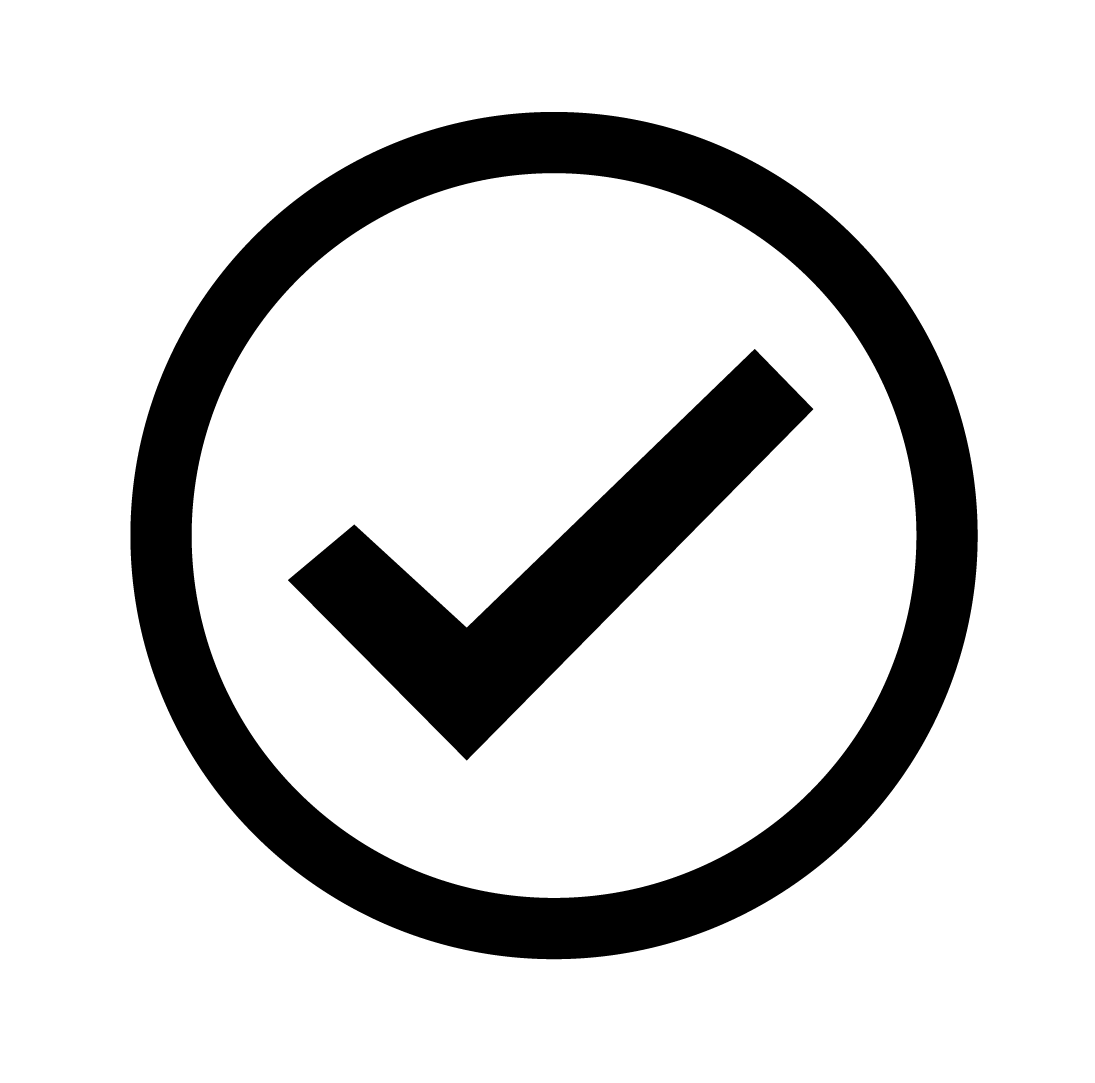Prepare Vehicle for the Ride
Before starting off, always perform the Pre-Ride Inspection. Failure to inspect and verify that the vehicle is in safe operating condition increases the risk of an accident, which can lead to serious injury or death.

| Item | Remark | Reference |
|---|---|---|
| Brake Fluid | Ensure proper level and condition | Brake Fluid |
| Front and rear suspension | Inspect, lubricate if necessary | |
| Steering | Ensure free operation | Steering Wheel Inspection |
| Tires | Inspect condition and pressure | Tire Tread Depth |
| Wheels/Lug Nuts | Inspect, ensure fastener tightness | Axle and Wheel Nut Torque Specifications |
| Fuel and oil | Ensure proper levels and condition | Oil and Filter Change |
| Coolant | Ensure proper level and condition | Adding or Changing Coolant |
| Indicator lights/switches | Ensure proper operation | Switches |
| Air Filter | Inspect, replace as needed | Air Filter |
| PVT intake pre-filter | Inspect, clean | POLARIS Variable Transmission (PVT) System |
| Headlights | Check operation | – |
| Brake lights/taillights | Check operation | – |
| Seat Latches | Push down on both seat backs to ensure the latches are secure | Seats |
| Seat Belts | Check length of belt for damage, check latches for proper operation | Seat Belts |
| Exhaust | Inspect spark arrester and clean if needed. | Exhaust Emission Control System |
| Vehicle Debris | Remove grass, leaves, and other flammable material or debris, especially near the exhaust system. | – |
| Passenger Hand Hold | Always adjust the hand hold to a comfortable position for your passenger before operating. Make sure the clasps are fully locked after making adjustments. | – |
| Lock adjustable steering wheel | Do not adjust the steering wheel while the vehicle is moving. | – |
| Alternator Belt | Inspect for cracks, damage. Replace, if necessary. | – |
Improper tire maintenance can lead to loss of control and an accident, which could result in serious injury or death. To reduce your risk of injury:
-
Maintain POLARIS recommended tire pressure. Check pressure before operating. Even if your vehicle has only been driven a short distance, the tire pressure readings can become higher.
-
Make sure tire pressures match the specifications listed in the table below.
-
Only use the size and type of tires specified for this vehicle.
-
Do not operate your vehicle with worn or damaged tires.
-
Always follow your tire manufacturer’s instructions for maintenance.
| Measurement | Specification |
|---|---|
|
Maximum Cargo Box Load |
300 lbs (136 kg) |
|
Tire Pressure in PSI (kPa) |
Front: 10 (69) Rear: 12 (83) |
|
Maximum Weight Capacity |
740 lbs (336 kg) |